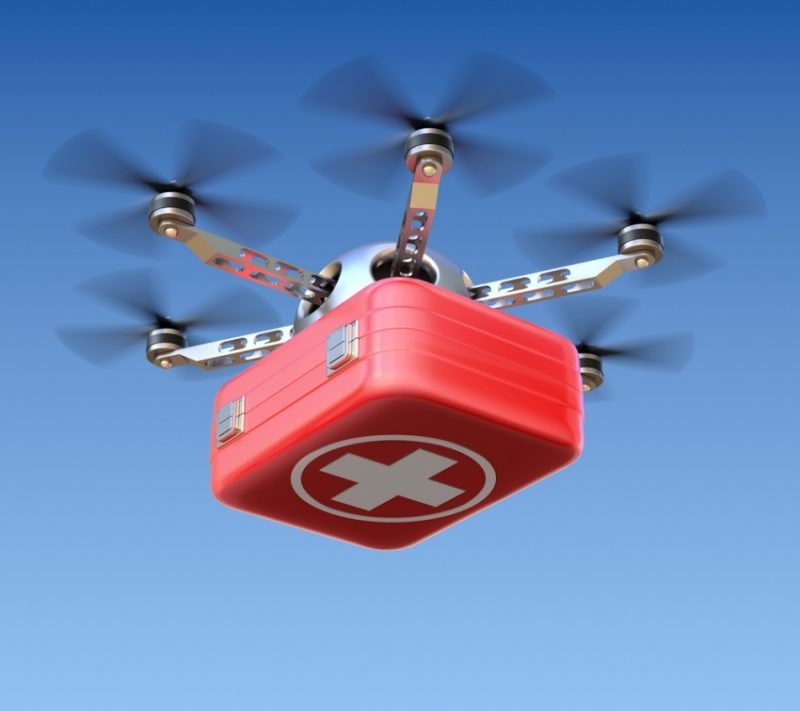Drone technology is the trend now since quarantine seems not to end. In collaboration with the U.S. firm, Zipline, the Ghanaian government adopts delivery drones to test COVID-19 in remote areas. This latest step aims to promote research outside major cities throughout the world. On 1 April 2020, Zipline carried out the first research flight with coronavirus. The drone flies samples to laboratories in the country’s capital, Accra and Kumasi, its second most significant area. These samples are taken from more than 1,000 rural health centers.
In a statement, Zipline CEO, Keller Rinaudo, said the country will use non-contact drones to transport the COVID-19 research samples. This will give Ghana a head start in response to the global epidemic and help save lives faster. The world has reported almost 2,430,800 infections. The coronavirus pandemic continues to impact both the public health system and the economy with a strong danger to human existence. This lethal virus has placed governments on the hot seat and busy scientists searching for a cure in their laboratories whereas the health staff is desperately working to save their lives.
Does Drone Technology Have Limitations?
Ghana reported 1042 novel pandemic cases as of 3:20 p.m., April 20, 2020. The latest pledge by the government to drone technology will have major consequences for the medical sector and region to speed up research. This new dedication would not only serve to increase the level of research, but it would also begin to decrease the fatalities in West Africa since early new reports would quickly be detected and controlled.
Also, drone technology will help prevent the virus spread throughout the world for coronavirus research in Ghana. This ensures the amount of people in touch with blood samples is restricted, protecting the life of several healthcare professionals.
While this latest change is praiseworthy, the reaction to climate which may impact the operation of a drone is one of the disadvantages of drone deliveries. For starters, the headwind might significantly cut into the drone’s range, or the wind might surpass the maximum speed of the drone. This might contribute to ineffective deliveries or a flying start before favorable conditions. The Ghanaian government will take this into account to introduce further measures to control the latest coronavirus inside its boundaries.
More:
- Warning to China as Nigerians Burn Down Chinese Factories to Ashes
- Tunisia Deploys Lockout Police Robots
















